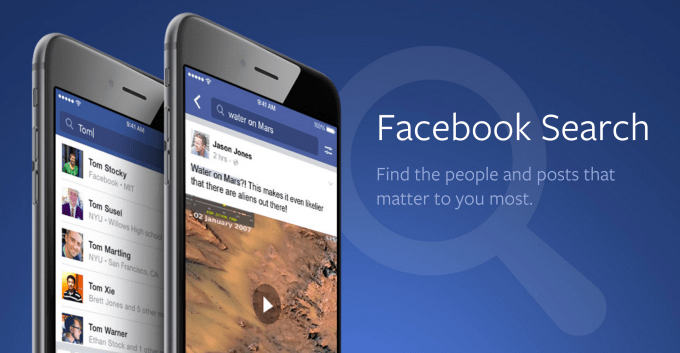The Economist argues that despite the ham-fisted launch of Meta and some of the mocking that ensued, we should be taking it seriously. Something like the Metaverse is a natural extension of both sophistication in hardware, software, and artificial intelligence, and a three-dimensional internet is the logical next step from where we are now. They cite the examples of Everquest, World of Warcraft and now Roblox as three-dimensional locations in which people live and play - not so much work - but which have millions of users.
Meanwhile, Shaan Puri on argues on Twitter that we're thinking about Metaverse wrong - and we shouldn't be thinking about it as a place, but as a threshold in time that we are inexorably moving towards - where our digital lives are more important to us than our physical ones. We are already cultivating our digital selves with filters, and with the introduction of phones our level of attention on the physical environment around us has dropped to 50%. Puri foresees a time when 90% of our attention is on screens and believes that that is when the Metaverse will truly exist.
The implications for digital marketing are of course enormous - with so much attention on screens, opportunities to respond to intent and interest are only going to multiply and accelerate. It is no surprise the Facebook is betting big on this, followed by Microsoft and nVidia - it is not 'weird' - it is simply about positioning their companies to be ready to capitalize on where the world is headed.
The question is how digital marketing will be welcomed in this new world. In class last week we heard from a speaker who offers value exchange advertising on mobile, who despaired at how poor marketing placements in virtual environments were being both executed and received. My personal favorite, Nine Inch Nail's nail-gun ammo box in Quake, has rarely been beaten, and it's now over 25 years old.



